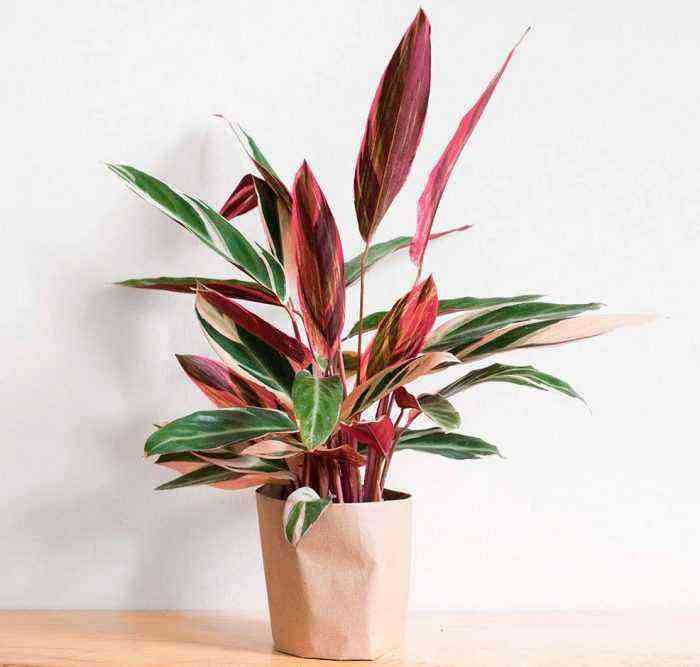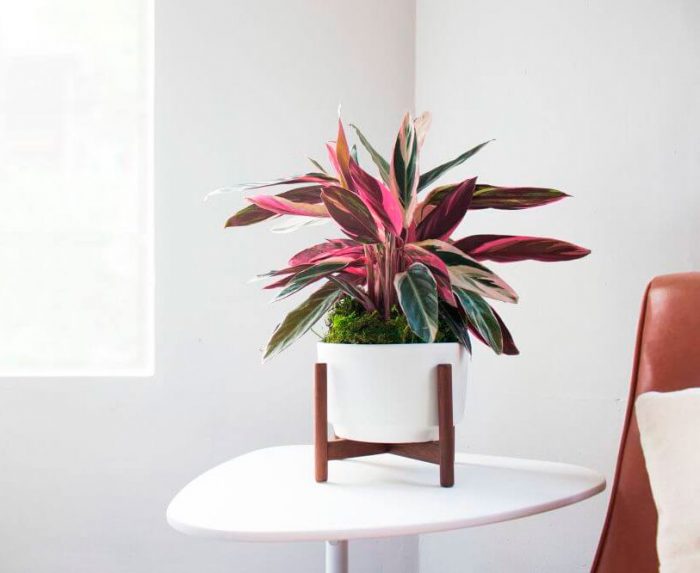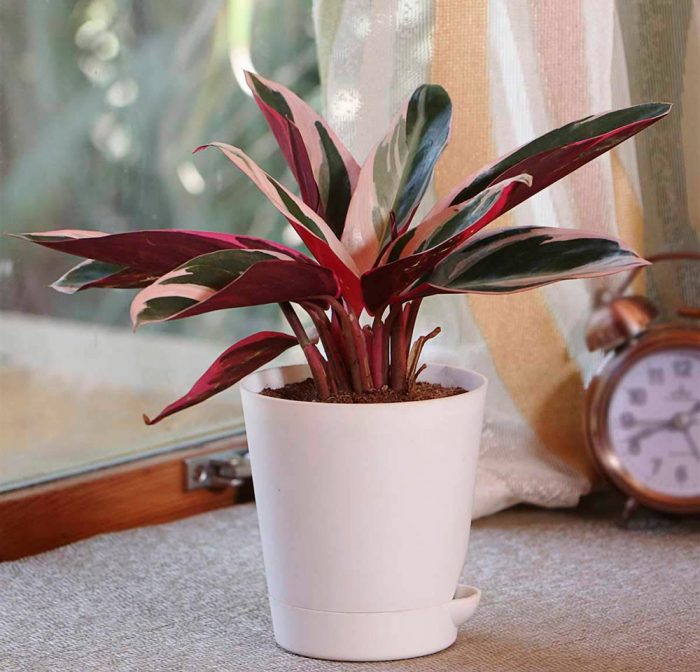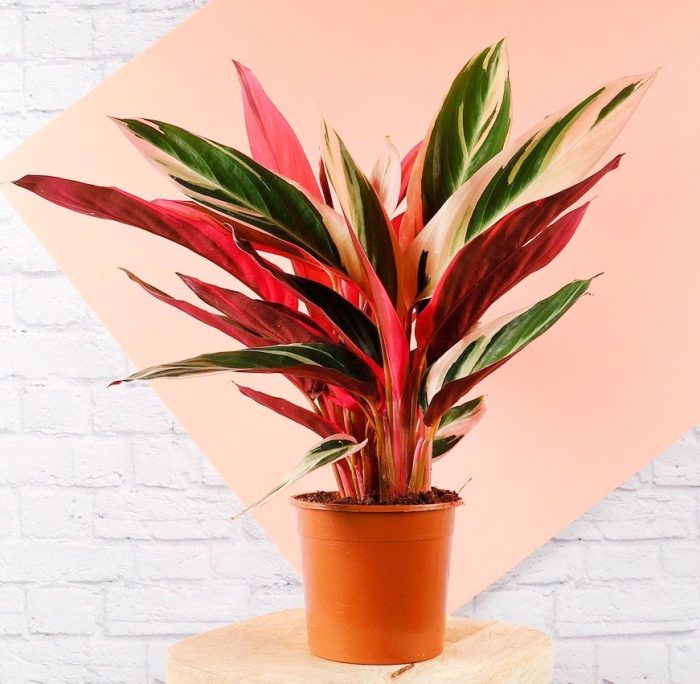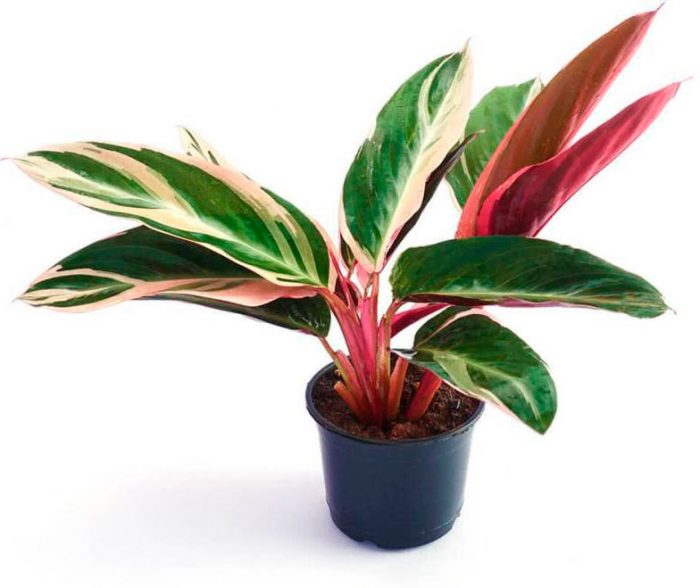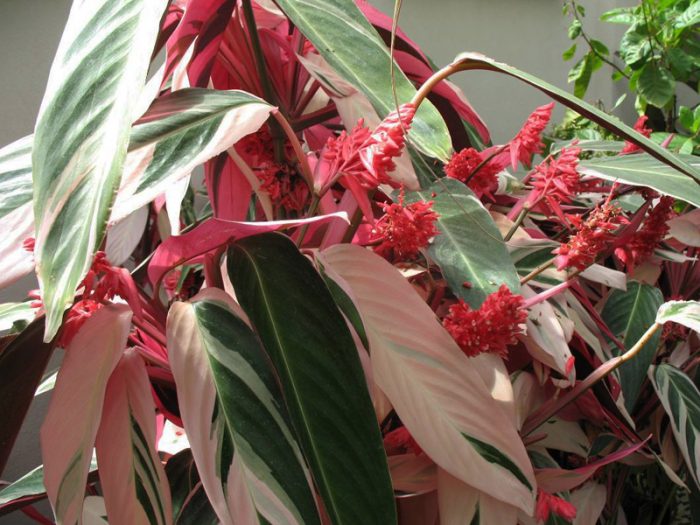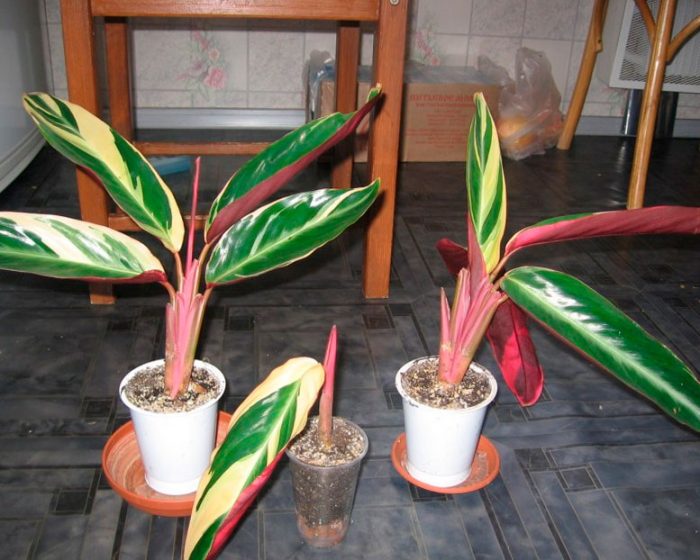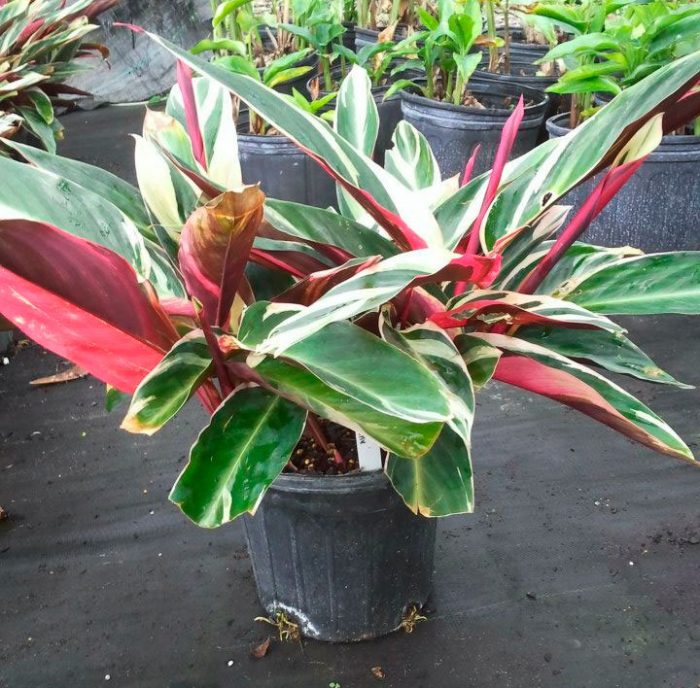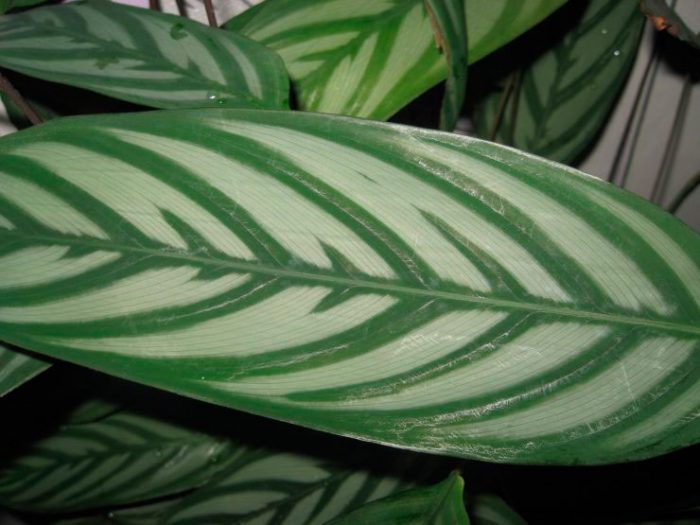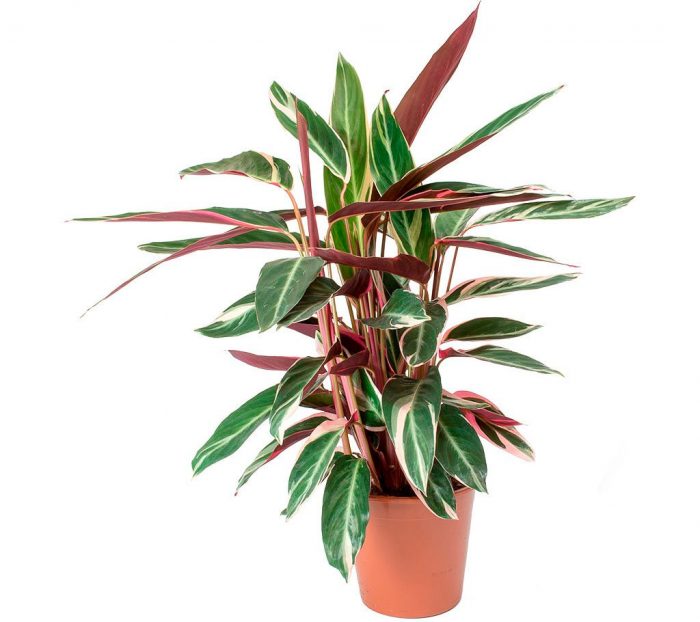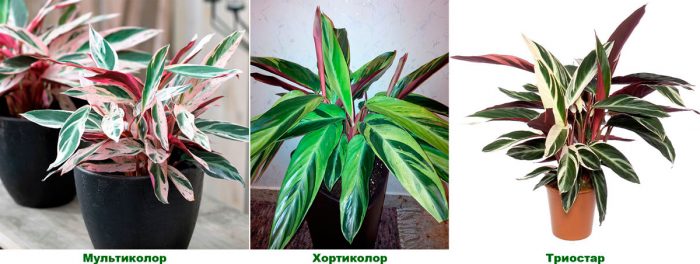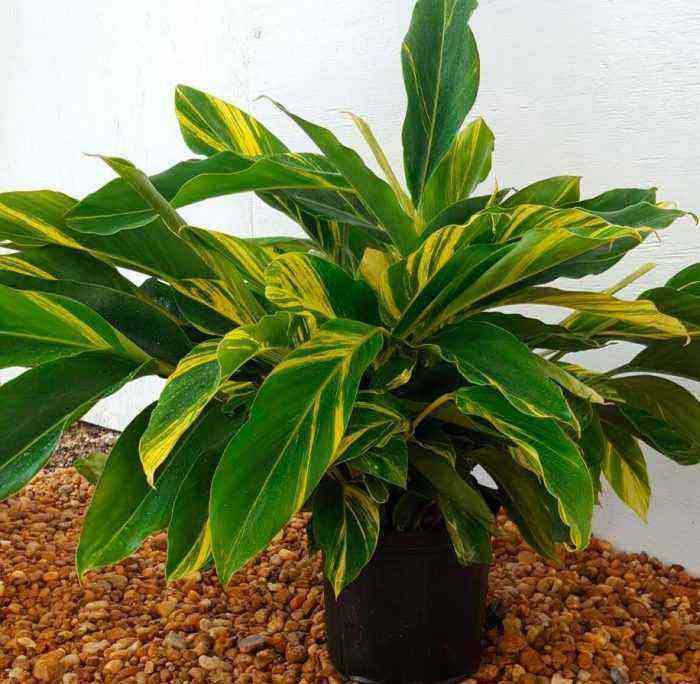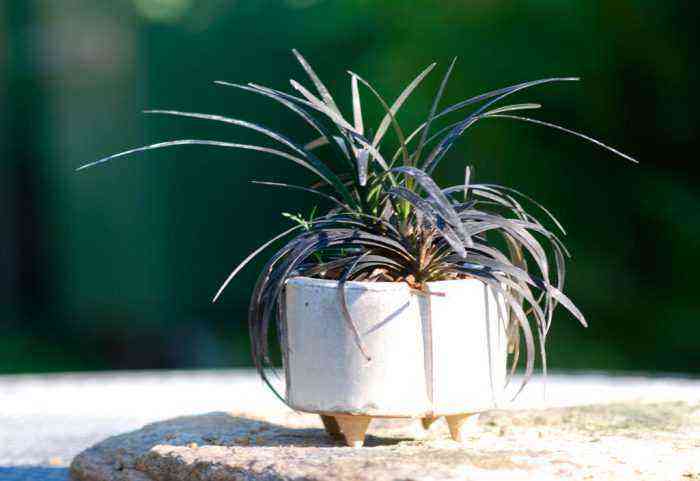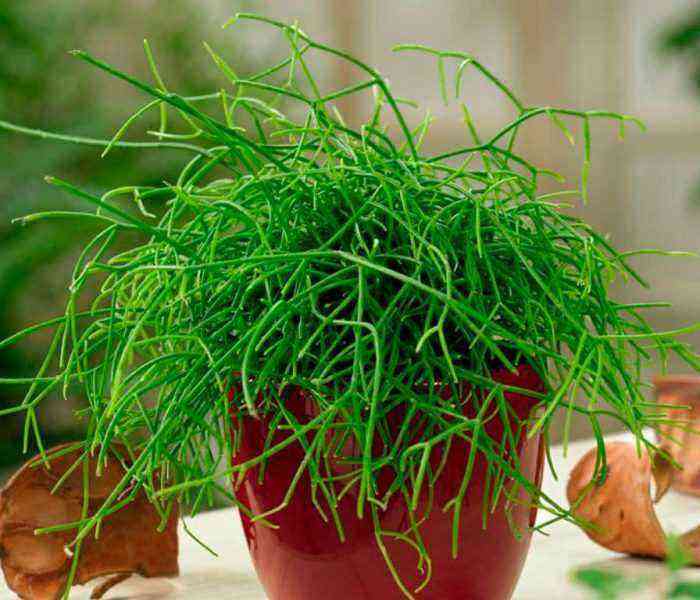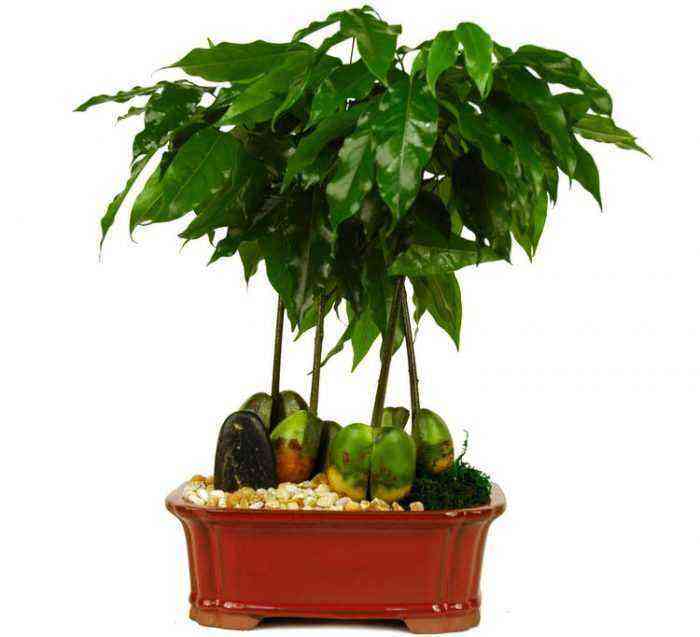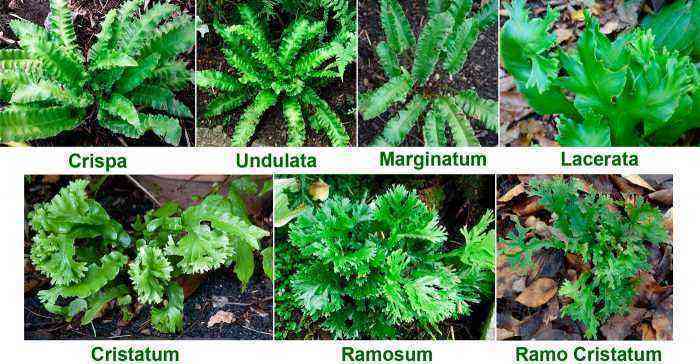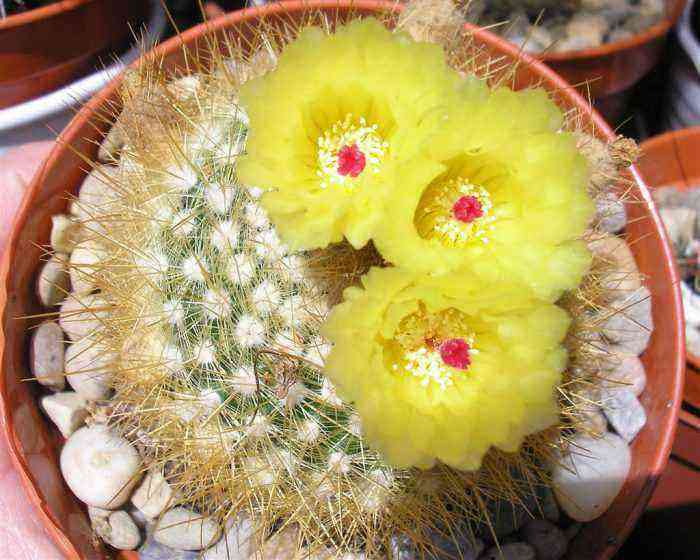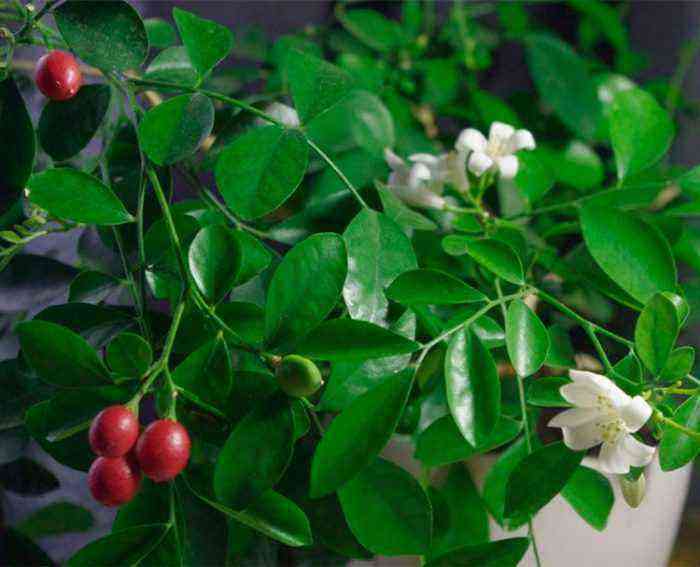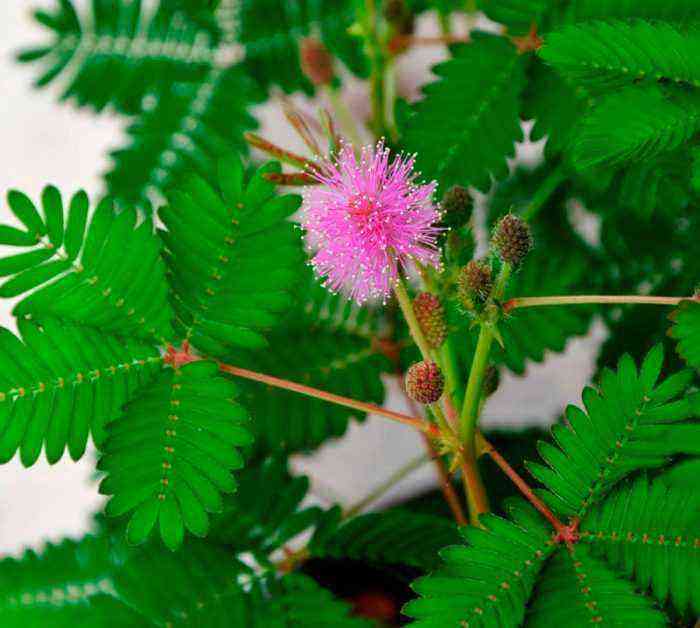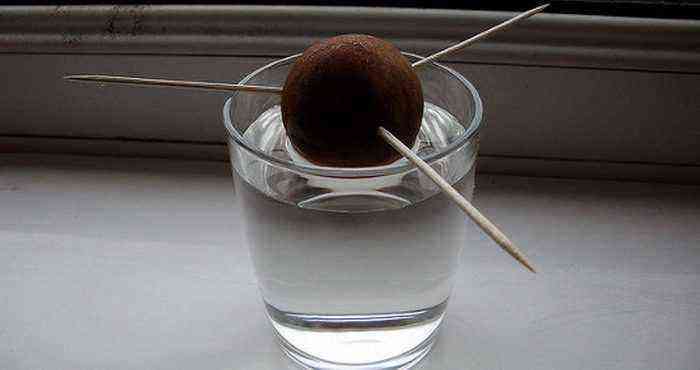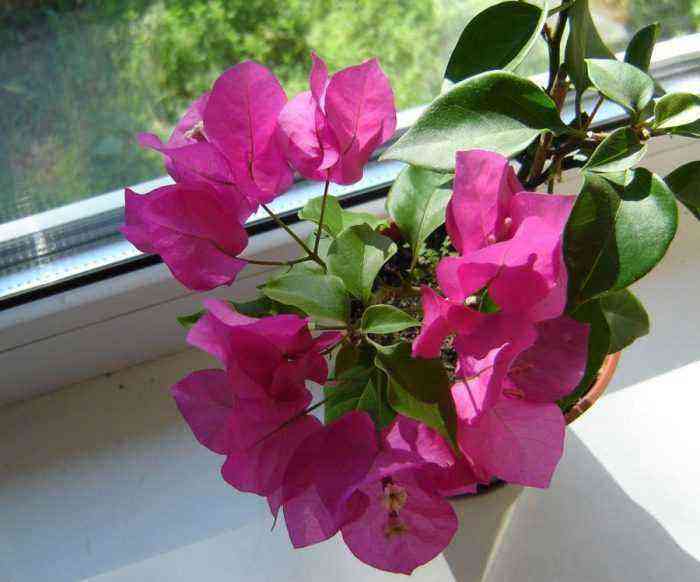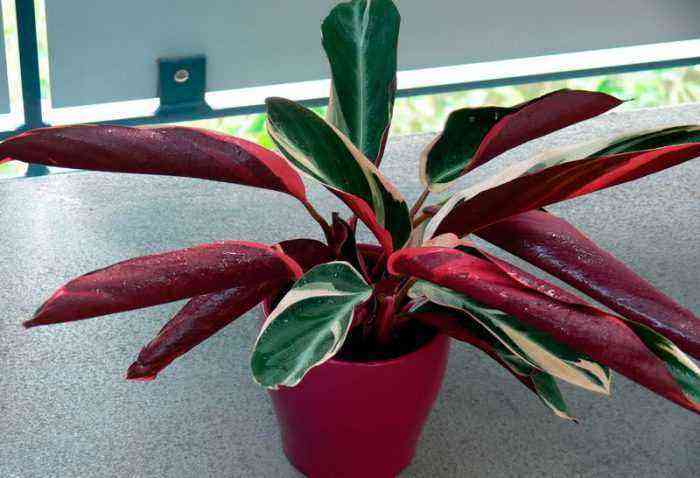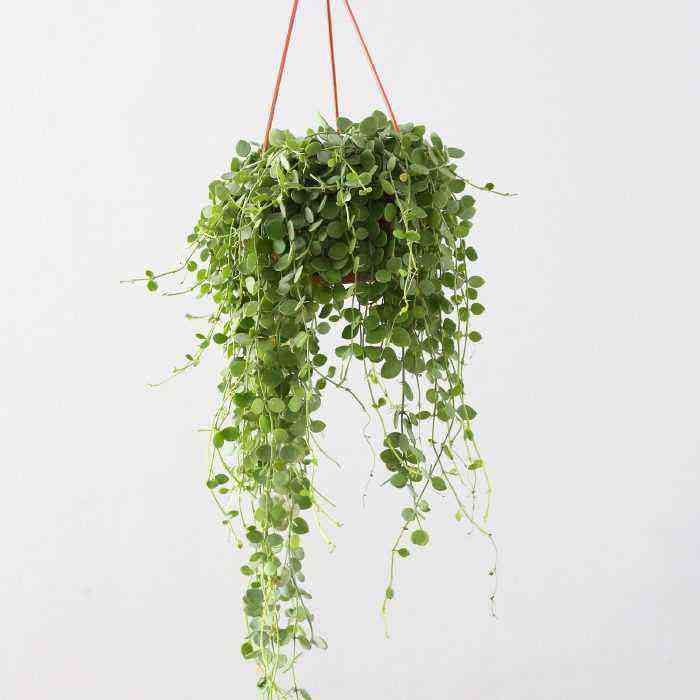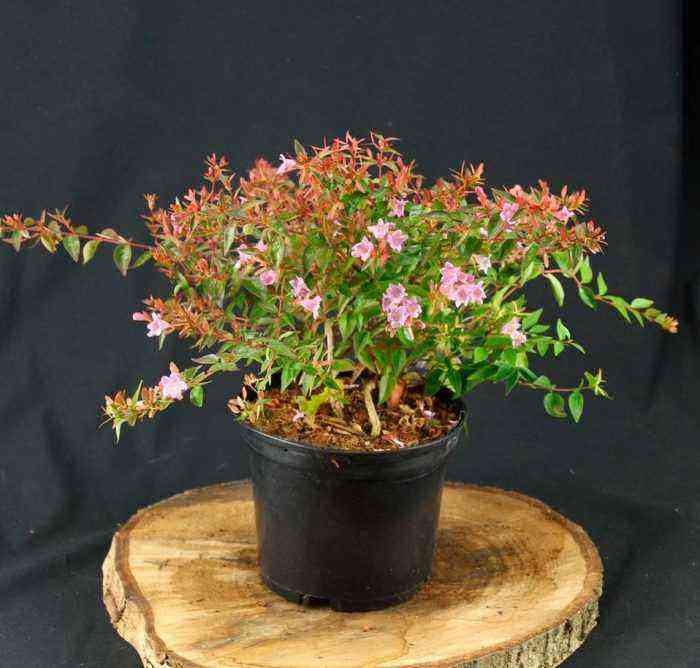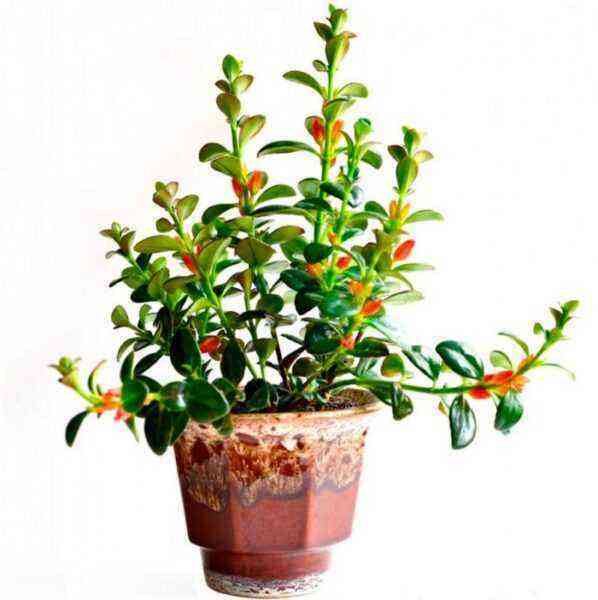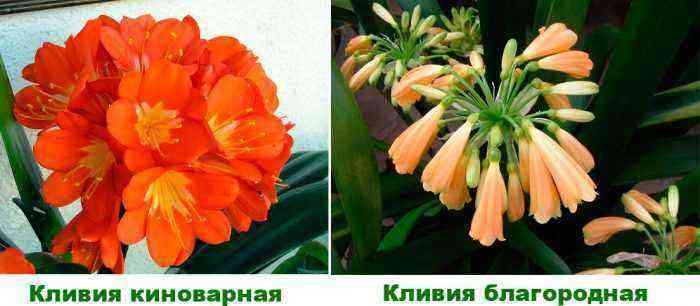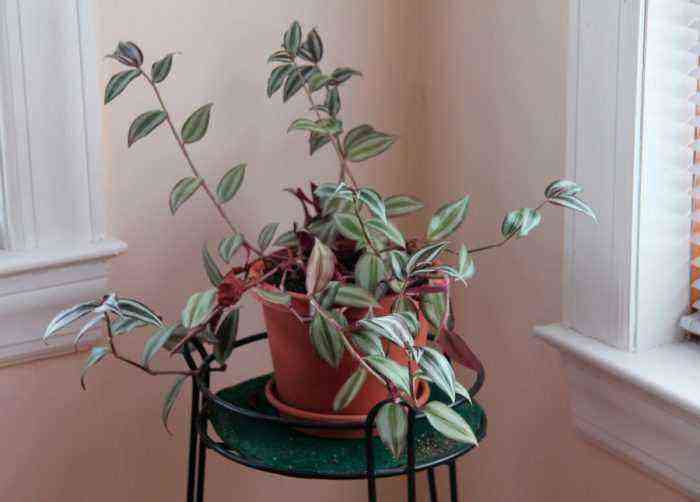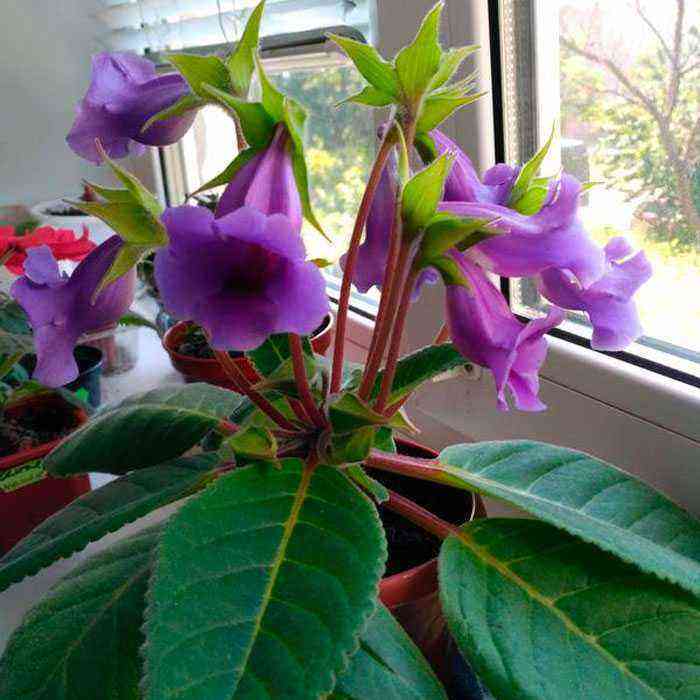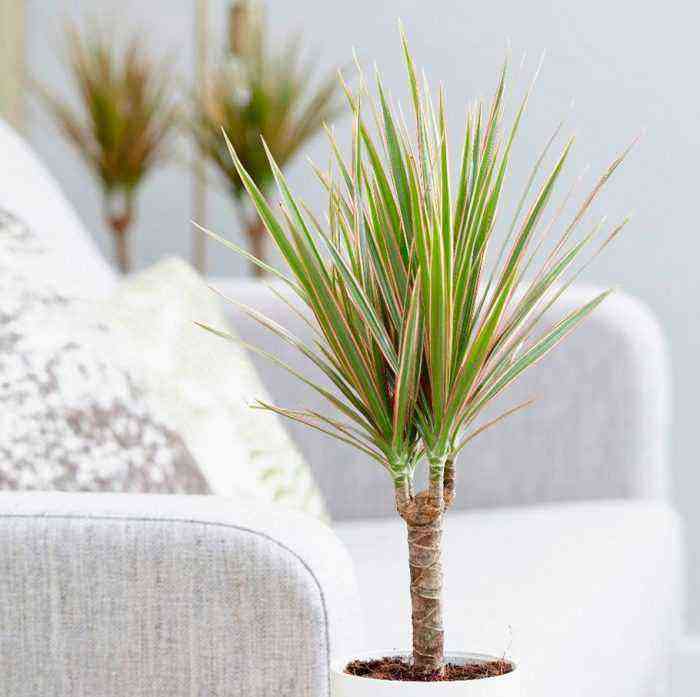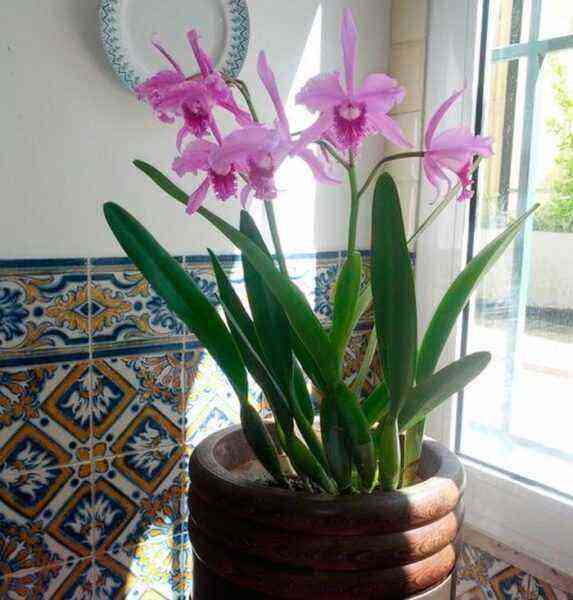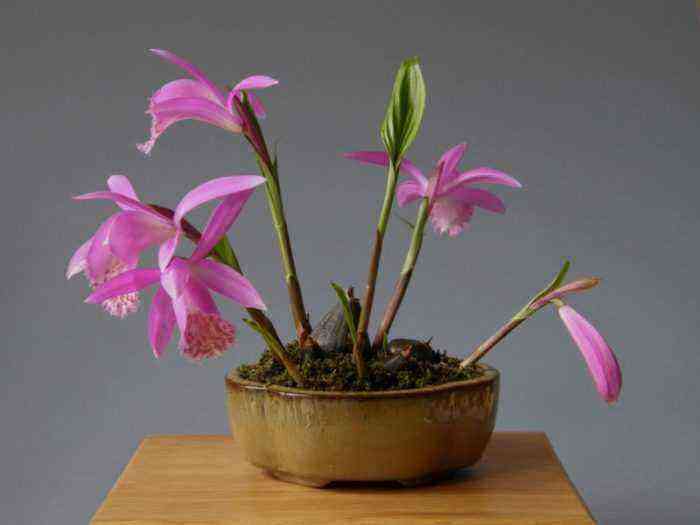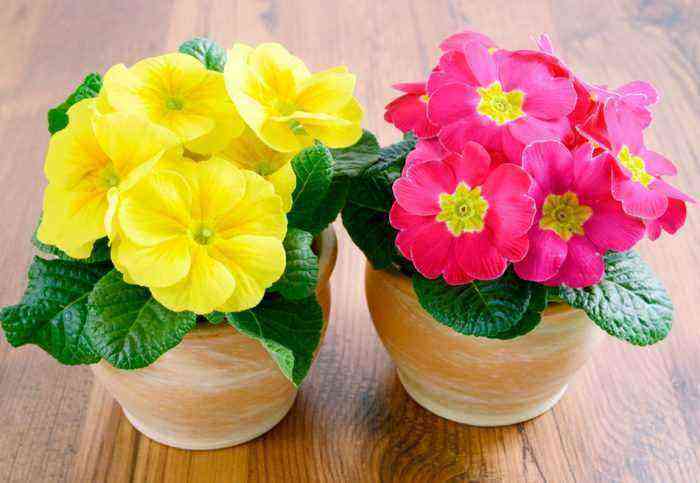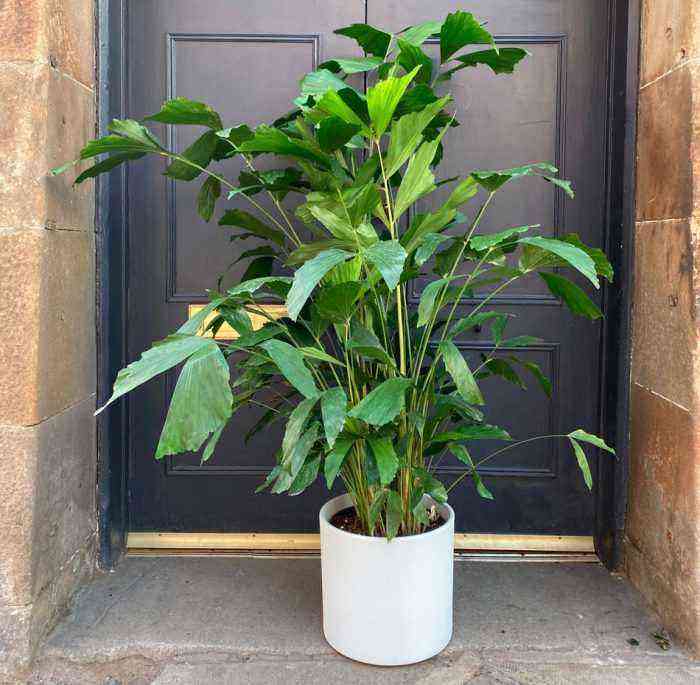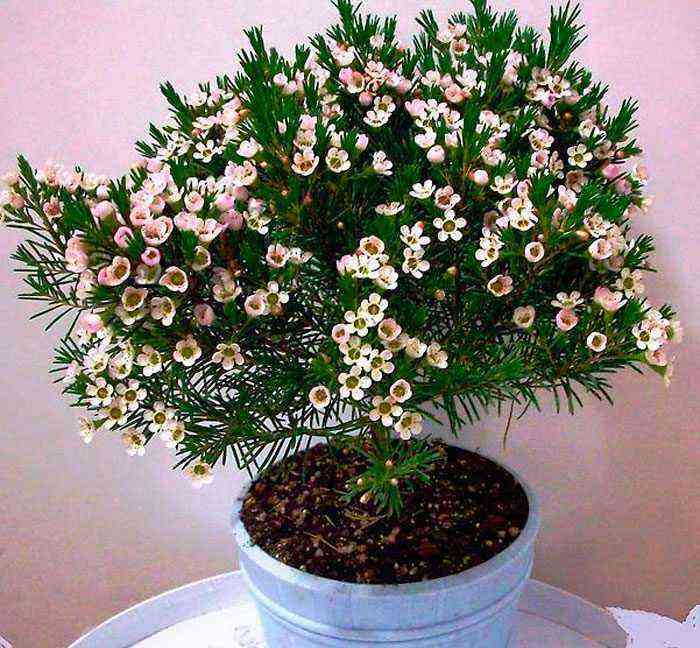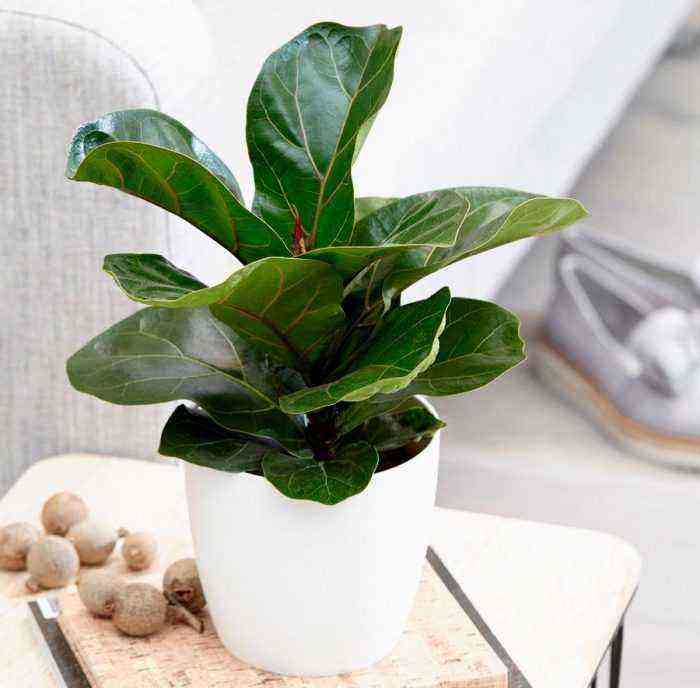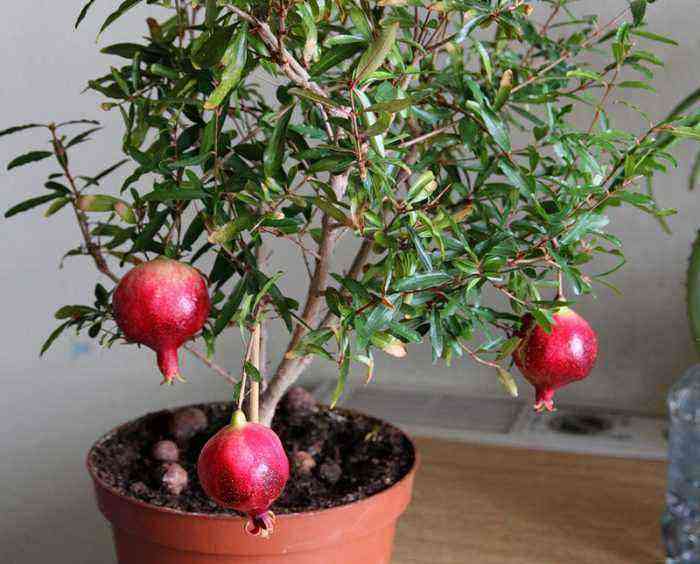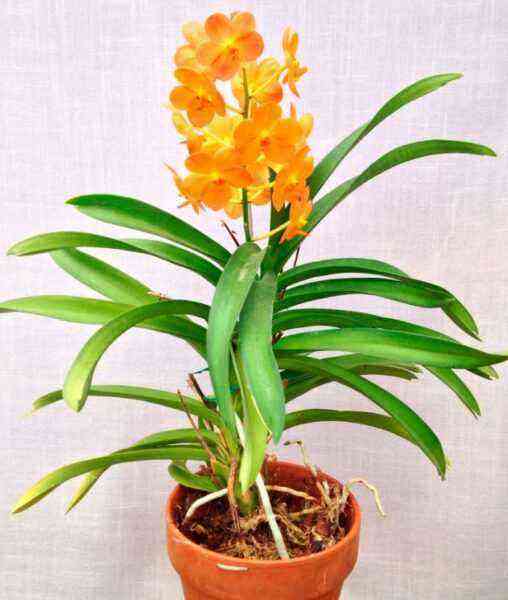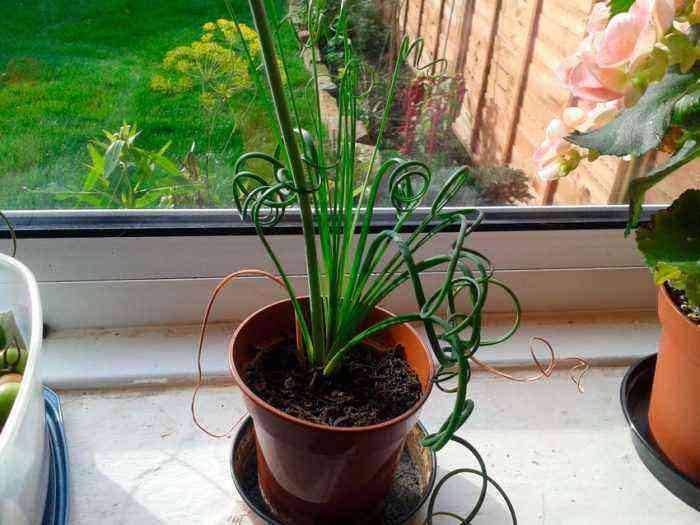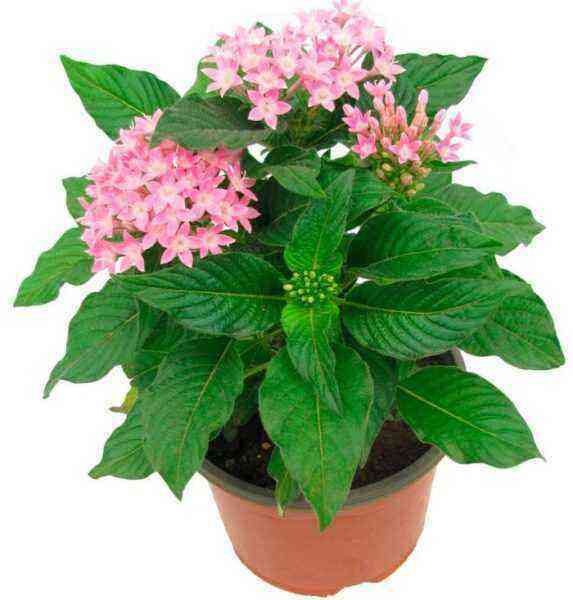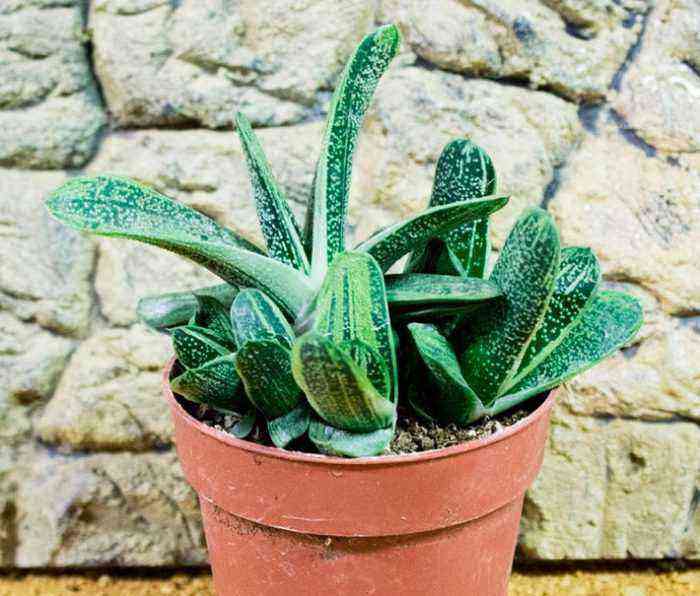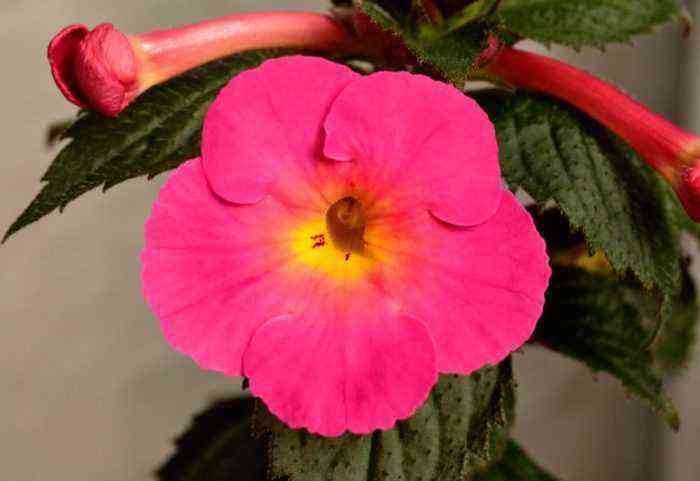The plant stromanthe (Stromanthe) is part of the genus of the Arrow family, like arrowroot with calathea. In various sources, you can find information that 5-15 species are found in natural conditions, the difficulty lies in the fact that it is rather difficult to understand that this is a stromant, and not a related ctenant or calathea. And there are also such taxonomists that classify the stromanthus to the genus Calathea and do not distinguish it as a separate species. This plant comes from the tropical rainforests of South America.
Brief description of cultivation
- Flowering . Stromant is cultivated as an ornamental leafy plant.
- Illumination . Slight shading or diffused glare.
- Temperature conditions . During the growing season – from 22 to 25 degrees, in winter, the flower should be in a cooler place, but not colder than 18 degrees.
- Watering . Water is abundant and systematic during the spring-summer period, and moderate to sparse watering during the winter months.
- Air humidity . Should be elevated (about 90 percent). Experts advise to moisten the foliage from a spray bottle several times every day during the day, systematically arrange a warm shower for the bush, and put the flower pot on a tray filled with wet pebbles. You can put moss near the container with the plant, which you will systematically moisten.
- Fertilizer . They are fed from May to August once every 15 days, for this they use a complex fertilizer for ornamental deciduous plants, while for the preparation of the solution, take ½ the dosage recommended by the manufacturer.
- The rest period . Not pronounced. However, it will be better if the flower rests in the winter.
- Transfer . It is carried out in the last spring weeks by transshipment. While the plant is young, it is subjected to this procedure once a year, and older specimens – once every 2 or 3 years. If you have no desire to disturb the bush, then you can change the top five-centimeter layer of the substrate to a fresh one.
- Reproduction . Apical cuttings or dividing the bush.
- vermin . Aphids, thrips, whiteflies, mealybugs and scale insects.
- disease . Problems with a flower can begin if it is taken care of inappropriately or if it is not provided with optimal conditions for growth.
Description of stromant
Stromanta is a herbaceous perennial plant, the height of which in natural conditions can reach up to 100 cm. This plant is prized for its spectacular large leaf plates, which are about 10 centimeters wide and up to half a meter long. They can be painted in various combinations of pink, green, cream and white. The plate itself is attached to the petiole by an articulation that allows it to unfold towards the light source, wherever it is located. Like all arrowroots, this plant has one feature – in the evening, the foliage folds and rises up, and in the morning it opens and falls. Thanks to this feature, all arrowroots are also called “praying plants.”
If you are going to grow stromanthus at home, be prepared for the fact that it is very capricious and demanding to care for. That is why some growers do not buy such a flower, as they are afraid of not being able to cope. However, if you thoroughly understand the nature of this plant, then it will be much easier to care for it. In nature, stromant prefers to grow along the banks of water bodies, and since it is found only in South America, this flower is always warm and with high humidity. The plant prefers soil that is loose and well-permeable. In the forest, it can be found at the level where, due to the closeness of the crowns of tall trees, direct sunlight practically does not penetrate. Therefore, the stromant grows well in diffused bright light. Remember also that where such a flower comes from, daylight hours are much longer, than at mid-latitudes. Considering all these features and characteristics, try to create conditions for the flower under which it would be comfortable to grow and develop. Small species of such a plant are recommended to be grown in terrariums, and large ones, with good care, develop normally on the windowsill.
Stromantha care at home
Temperature conditions
When purchasing a stromant, you need to be prepared for the fact that you will have to take care of it every day. In the warm season, an air temperature of 22 to 25 degrees is best for such a flower, and in the winter months, make sure that the room is not cooler than 18 degrees. Remember that indoor stromant reacts extremely negatively to sudden changes in temperature and drafts, in this regard, be careful during airing, seal up all the cracks in the window frames and in no case in winter do not push the container with the bush too close to the glass. Also make sure that the potting soil is warm at all times.
Illumination
The light needs bright, but diffused, protect the bush from direct sunlight. This plant is shade-tolerant, but remember that if it does not have enough light, then the color of the leaves will not be variegated, but monochromatic.
Watering and humidity
The soil mixture should be moistened with well-settled soft water, the temperature of which should be close to room temperature. In spring and summer, watering should be systematic and abundant. With the onset of winter, the frequency and abundance of watering is reduced.
The plant needs very high humidity (about 90 percent). In order to increase the level of air humidity, the bush is sprayed with water several times during the day, and it is also recommended to pour wet expanded clay, pebbles or crushed stone into the pallet. Instead, moss is placed around the container with stromant, but do not forget to moisten it in a timely manner. From time to time, the flower needs to arrange a warm shower.
Feeding
The plant is fed throughout the growing season (from May to August). Liquid complex fertilizer for indoor decorative deciduous plants is applied to the substrate once every 2 weeks. To prepare the nutrient solution, use half the dosage of that recommended by the manufacturer (see the package). Remember that the high content of minerals and calcium in the soil mixture has an extremely negative effect on the growth and development of the plant, so it is better to forget to feed the flower than to overfeed it.
Stemant transplantation
Indoor stromant is transplanted in the last spring weeks. Young bushes are transplanted regularly once a year, while adult plants are subjected to this procedure less often – once every 2 or 3 years. In order not to injure the root system very much, the transplant is carried out carefully using the transshipment method. If you have a fear that as a result of transplanting the bush will be severely injured, then simply change the top layer of the substrate in the container for a new soil mixture.
A soil mixture suitable for growing such a flower should be loose, humus, air and water permeable, and also slightly acidic (pH 6). The approximate composition of the substrate: humus, sand, leafy soil and peat (1: 1: 3: 1). If desired, you can buy ready-made soil mixture for arrowroot in a specialized store, and a mixture for palm trees is also suitable. Whichever substrate you choose, it is recommended to add a small amount of pieces of charcoal and moss to it. Before proceeding with the transplant, a drainage layer is placed on the bottom of the new pot, the thickness of which should be equal to ¼ of the height of the container.
Flowering
During flowering, panicle inflorescences are formed on the bush, reaching 60–80 mm in diameter, which include white nondescript flowers with red bracts and reddish-orange sepals, peduncles are long. But in indoor conditions, such a plant practically does not bloom. Flowers can only be seen if you provide the stromante with the most suitable conditions for it, and also take proper care of it in a timely manner.
Methods of reproduction
Division of the bush
You can propagate the stromant by dividing the bush during transplantation. If the bush is large, then it is divided into 2 or 3 parts, while trying not to damage the roots. Each delenka should have two or three well-developed roots, as well as several leaf plates. They are planted in low wide pots, at the bottom of which a drainage layer is made; an appropriate soil mixture is used for planting. The planted delenki are transferred to a warm place and covered tightly with a plastic bag, which must be transparent. The package is removed only after the bush has taken root and young leaves grow.
Upper cuttings
Stromant can also be propagated by apical cuttings. It is recommended to harvest cuttings in late spring or in summer, their length can vary from 7 to 10 centimeters, and they should also have 2 or 3 leaf plates. Cut the stalk from the parent bush so that the cut is located just below the attachment of the leaf plate to the shoot. For rooting, the cuttings are placed in a jar of water, and to create greenhouse conditions, they are covered with a plastic transparent bag on top. Rooting will be completed after about 5-6 weeks, then the cuttings are planted in separate pots filled with soil mixture prepared on the basis of peat.
Possible problems
Stromanta dries
Often, flower growers are faced with such a problem – at the room stromant, leaf plates begin to dry out. This may be due to a too low level of humidity or spider mites on the bush, which also prefer dry air. Moisten the flower from the spray bottle as often as possible, while making sure that the expanded clay in the pallet is wet all the time. The leaf plates are treated with a soft sponge dipped in a solution of soap, the agent is washed off the bush only after 3-4 hours. After that, it is removed under a plastic bag so that the pest will die for sure. In the event that after the “soapy” treatment the tick does not die, then the bush is sprayed with Actellik solution, which is highly effective.
It also happens that at first the foliage loses its rich color, and then it begins to dry out. This happens when the lighting is overly bright. In this case, the bush is transferred to light partial shade, or it is protected from direct midday sunlight.
Twisting the foliage
If the conditions for keeping the stromant are violated, then this will certainly affect the state of its leaves. For example, if the bush is watered incorrectly, then its leaves may begin to dry out, or they curl up and specks form on them. With a lack of moisture, as well as with stagnation of liquid in the root system, the leaves of such a flower will curl and fly around. Remember that the soil mixture in the pot should always be a little damp, in no case do not allow it to dry out, as well as stagnation of moisture in the roots.
The stromant’s leaves wither
If the foliage withers and rot appears on the shoots, this indicates that the room has a very high level of humidity, but it is too cold. In order to remedy the situation, the air humidity is not lowered, but the temperature is raised to 25-30 degrees.
vermin
Scales, whiteflies, thrips, spider mites and mealybugs can settle on the bush. In order to get rid of spider mites, thrips and whiteflies, the plant is treated with Actellik’s solution. The contents of one ampoule of the drug are added to 1 liter of water, the resulting solution is abundantly moistened with a bush using a spray bottle, after which a transparent bag is put on top of it, it is removed only after 24 hours. In the event that one treatment is not enough to destroy the pest, then repeat processing is carried out after 7-15 days.
To destroy aphids, it is recommended to use Inta-vir or Fitoverm. To exterminate mealybugs, the following remedy is prepared: a small amount of hot water is combined with 1 tsp. crushed soap (you can take any). Add enough water to the mixture so that you end up with a volume of 1 liter, and then pour 2 tbsp into the solution. l. vodka. Mix everything well and moisten the bush with the agent, while do not forget to protect the surfaces of the soil mixture in the container with a film. After 24 hours, rinse the bush by removing soap from it, while the surface of the substrate is protected from the solution. In total, to destroy the pest, it will take 3 or 4 treatments with such a soap mixture, which are carried out with a break of 7 days. The soap can be replaced with dishwashing detergent.
Types and varieties of stromant with a photo
Among flower growers, the most popular types are: bloody and pleasant stromant.
Stromanthe amabilis
The height of such an ornamental-deciduous plant is about 0.3 m. The leaf plates have long petioles and a regular wide-oval shape, their width is 4–5 centimeters, and their length is 10–20 centimeters. On the front surface of the foliage there is a herringbone pattern – on a greenish background, stripes of a dark green color diverge from the middle vein. The seamy surface is greenish-gray with a barely discernible pinkish tint. Flowering is very rare, but it occurs in spring or summer.
Bloody or blood-red stromanthe (Stromanthe sanguinea)
The homeland of this species is the tropical rainforests of Brazil. Such a plant is larger in comparison with the pleasant stromant. In oval leaf plates, the upper part is pointed, they reach 15–40 centimeters in length and 7–13 centimeters wide. The front surface is a glossy greenish color with a V-shaped pattern of a dark green hue, and the back is a deep cherry color. In late spring or early summer, the plant blooms, spike-shaped inflorescences are formed, consisting of white inconspicuous flowers. The best varieties:
- Multicolor . The front surface of the foliage is dark green with stains of an almost white or light green hue, and the back is burgundy red.
- Horticolor . The color of the upper side is olive-yellow-lime, and the lower side is dark red.
- Tricolor , or triostar . This variety is most popular with flower growers. The dark green front surface of the leaves is decorated with a pattern consisting of streaks of white, light green, pink and white. The underside of the foliage is maroon.
- Maroon . The front surface of green is decorated with a greenish median vein, and the color of the underside is dark red.
- Stripe Star . A stripe of pale color runs along the middle vein on the rich green front surface, and the underside is burgundy.
